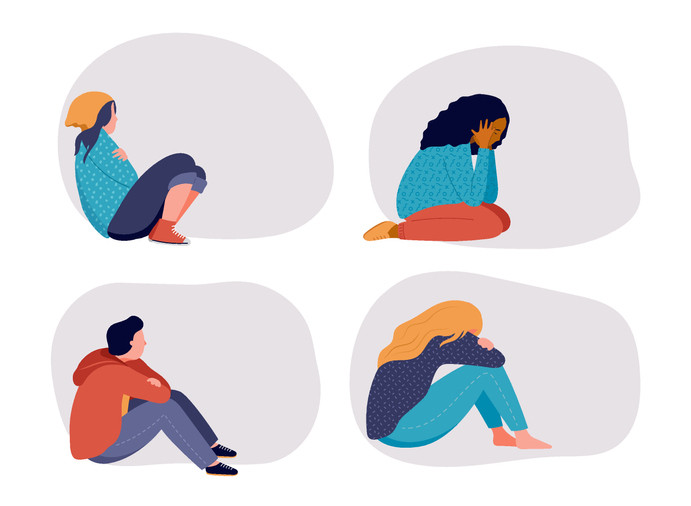Emily Yang (10) | STAFF REPORTER
The arts: fluid, dynamic and vivid. Not only is this discipline crucial to an individual’s emotional and creative expression, but it also serves as a defining feature in understanding Canadian history and its culture. Unfortunately, due to underfunding, this opportunity is often forsaken in many public school environments, especially in rural communities.
In a report by the CBC, it was stated that, on average, 27% of schools in Ontario had a budget of less than $500 allocated towards the arts, while a significantly smaller percentile, 4%, of schools were able to allocate $5000 or more towards these studies. While schools with a higher budget allowed for their students to build upon their collaboration and performance skills by hosting festivals, working with artists and presenting their work, these opportunities were very limited for schools with lower budgets, with some students only ever interacting with the arts in a school environment.
Furthermore, with individual school boards deciding how much funding is allocated towards the arts, the students’ ability to access its resources and proper materials are further limited by parents’ fundraising efforts at individual schools. While communities with lower poverty rates, especially in an urban setting, were able to raise considerable amounts through fundraising, communities with higher poverty rates in rural environments raised significantly less money to support their schools’ arts programs.
This disparity in funding is even more prominent as the report states that elementary schools in urban areas were 3 times more likely to receive budgets of $5000 or more towards their arts budget compared to schools in rural communities. Furthermore, compared to the average overall fundraising per school being as high as $18,677 in 2013, recent fundings have evidently decreased, reaching only an average of $7,245 in 2023, further reflecting the underfunding of the arts in public schools.



